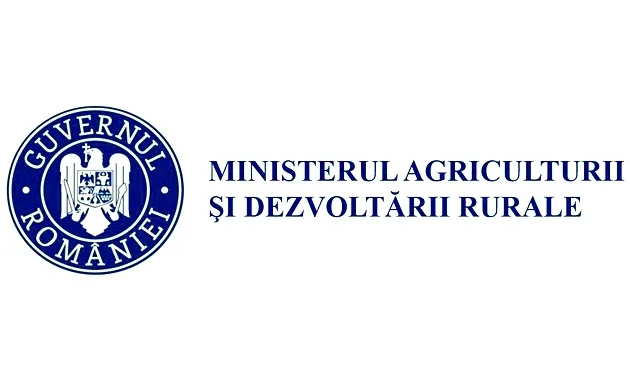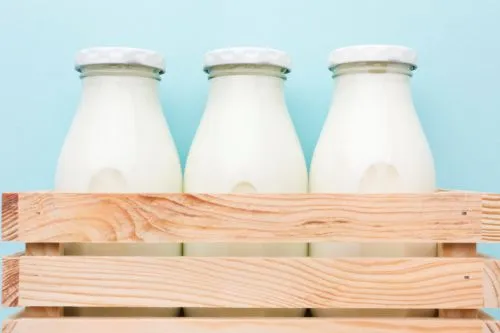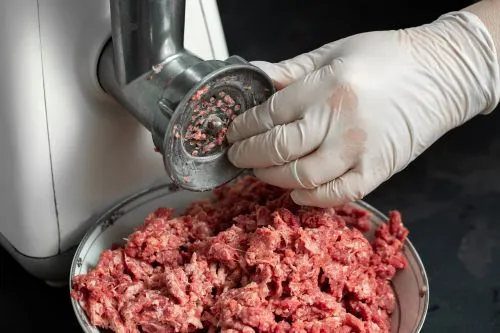
Pig333 suggests taking a look at some common myths regarding biosecurity and how standardized outbreak investigations can help improve biosecurity outcomes.
Myth #1: Progress is being made
When asking pig producers or veterinarians about progress in biosecurity, the answer is usually yes. They often cite increased implementation of biosecurity practices such as trailer washing, showers, and so on. But is this the best way to measure progress?
It can be argued that measuring the outcomes biosecurity practices are intended to achieve is a better choice for assessing progress.
In the US, the incidence of outbreaks caused by PRRSV and PEDV in sow farms remains consistently high, and introductions of PRRSV, coronaviruses, and other pathogens into growing pig groups continue to occur frequently.
In several countries, including the US and Spain, post-weaning mortality is high and increasing, indicating that overall pig health is not improving. Ultimately, the global spread of African Swine Fever doesn't suggest progress in biosecurity.
Why the lack of improvement in outcomes despite the implementation of more biosecurity practices? The pork industry has evolved rapidly in the last 30 years, leading to a substantial increase in biosecurity hazards.
Geographically segregated production means that growing pigs are transported two or more times from birth to market, sometimes over long distances, facilitating the rapid spread of endemic diseases.
Dependency on hired labor and the development of specialized boar studs, feed mills, and service centers, such as manure management and maintenance, have led to a significant increase in the frequency of entry events where pathogen carriers, such as people, semen, feeds, maintenance personnel, vehicles, and equipment, enter farms.
As companies have grown in size, specialized departments have formed, making coordinated decision-making increasingly challenging. Decisions affecting animal health are increasingly made by decision-makers, with relatively little contribution from veterinarians.
While progress has been made in implementing biosecurity practices, the lack of improvement in outcomes suggests that the changes accompanying the rapid evolution of the pork industry in the last 30 years have increased biosecurity hazards more quickly.
Myth #2: We already know what to do
This is a common refrain, especially from swine veterinarians. The implication is that we already know what good biosecurity control measures are; there's no shortage of published lists of good biosecurity practices, and if we implement them well, we would make progress.
I vehemently disagree. To be effective, biosecurity control measures must address significant biosecurity hazards that increase the likelihood of transmitting a pathogen to a population.
For a pathogen to be transmitted to a herd, three failures must occur. The concept of the three failures to identify biosecurity hazards is called Hazard Analysis (Holtkamp et al. 2023).
A biosecurity hazard is defined as a circumstance, action, or inaction that increases the likelihood of one or more of the three failures, and a hazard analysis involves a review of operational procedures to identify hazards.
Biosecurity hazards arise from the execution of operational procedures, including those necessary for pig production and those done strictly to reduce biosecurity hazards, such as showering in and out of the farm.
Identifying biosecurity hazards requires a deep understanding of production processes: how operational procedures are performed, who performs them, when they are done, what the circumstances, facilities, and equipment are with which they are done, and where they are done.
To say "we know what to do" suggests that we have already identified the most significant biosecurity hazards. Based on experience in conducting outbreak investigations over the past decade, producers and veterinarians rarely have a holistic understanding of the details of the production process sufficient to adequately assess biosecurity hazards.
If veterinarians and producers invest time in identifying and prioritizing biosecurity hazards, they will find that real-life in the pig business is stranger than fiction, and assuming we already know what to do is a mistake.
Myth #3: Outbreak investigations only have value if the cause of the outbreak is identified
Outbreak investigations are magnificent opportunities to identify and prioritize biosecurity hazards. You may have heard the saying "never let a good crisis go to waste." Outbreaks are a crisis and an opportunity to learn, but learning is not guaranteed.
If outbreak investigations are well-conducted with the aim of identifying and prioritizing biosecurity hazards, the information learned will, in my experience, always provide a return on the investment in the investigation.
In 2021, the Swine Health Information Center (SHIC) funded the development of the Standardized Outbreak Investigation Program. A working group of fourteen swine veterinarians was formed to develop the terminology, approach, and tool. The standardized outbreak investigation is conducted as an integrated analysis of biosecurity hazard and epidemiologic investigation.
Applied biosecurity hazard analysis in pig farms is a method of collecting and assessing information about biosecurity hazards associated with the introduction of pathogens into a susceptible population.
The approach and terminology developed for the standardized outbreak investigation have borrowed heavily from the methodology of Hazard Analysis and Critical Control Points (HACCP) in the food industry. HACCP originated at the National Aeronautics and Space Administration (NASA) in the US in the 1960s.
It was designed as a systematic method of quality assurance to identify food safety hazards and ensure that the foods accompanying astronauts on missions were not contaminated.
NASA worked with process engineers from the food industry to develop a method that would ensure the creation of safe food products by analyzing and monitoring the production process, rather than the production.
The emphasis on analyzing and monitoring the production process for food safety hazards is what makes HACCP amenable to analyzing biosecurity hazards in pig production.




